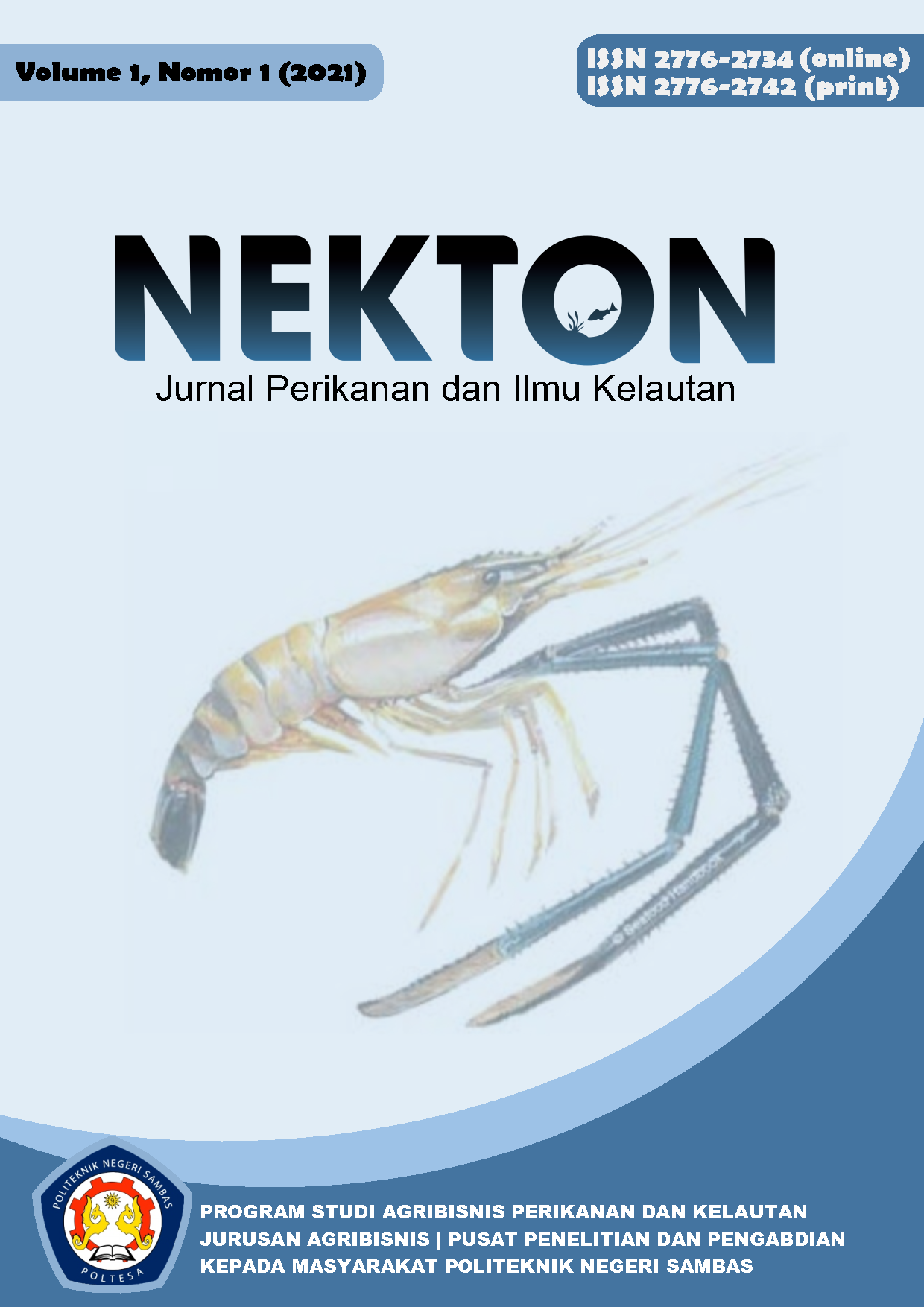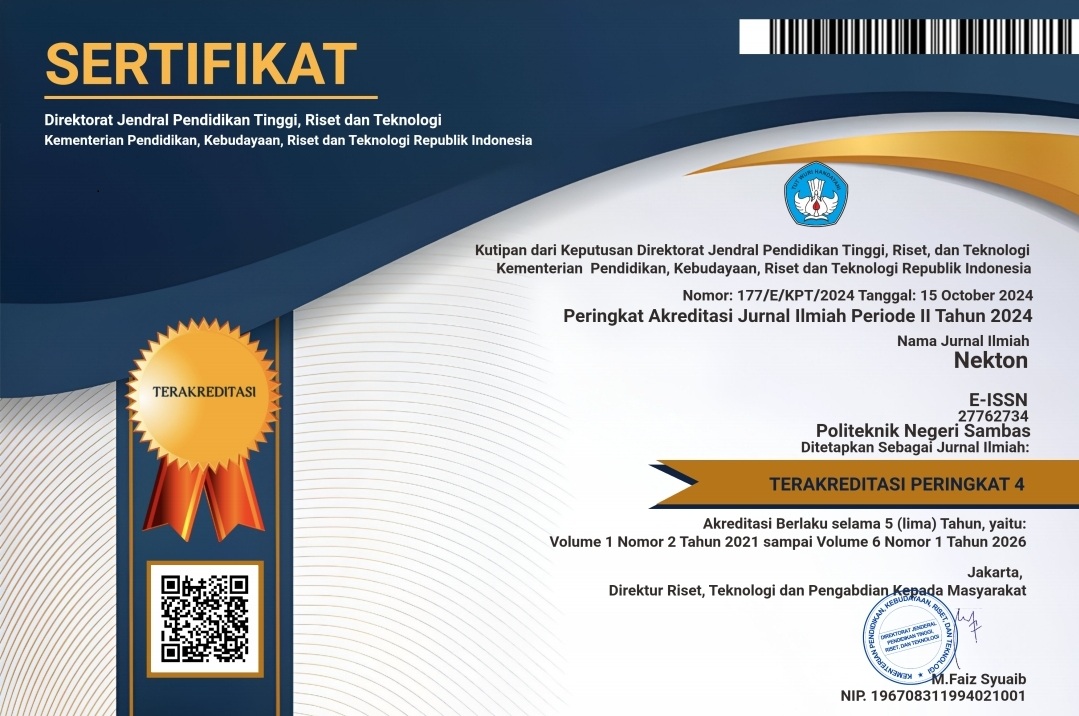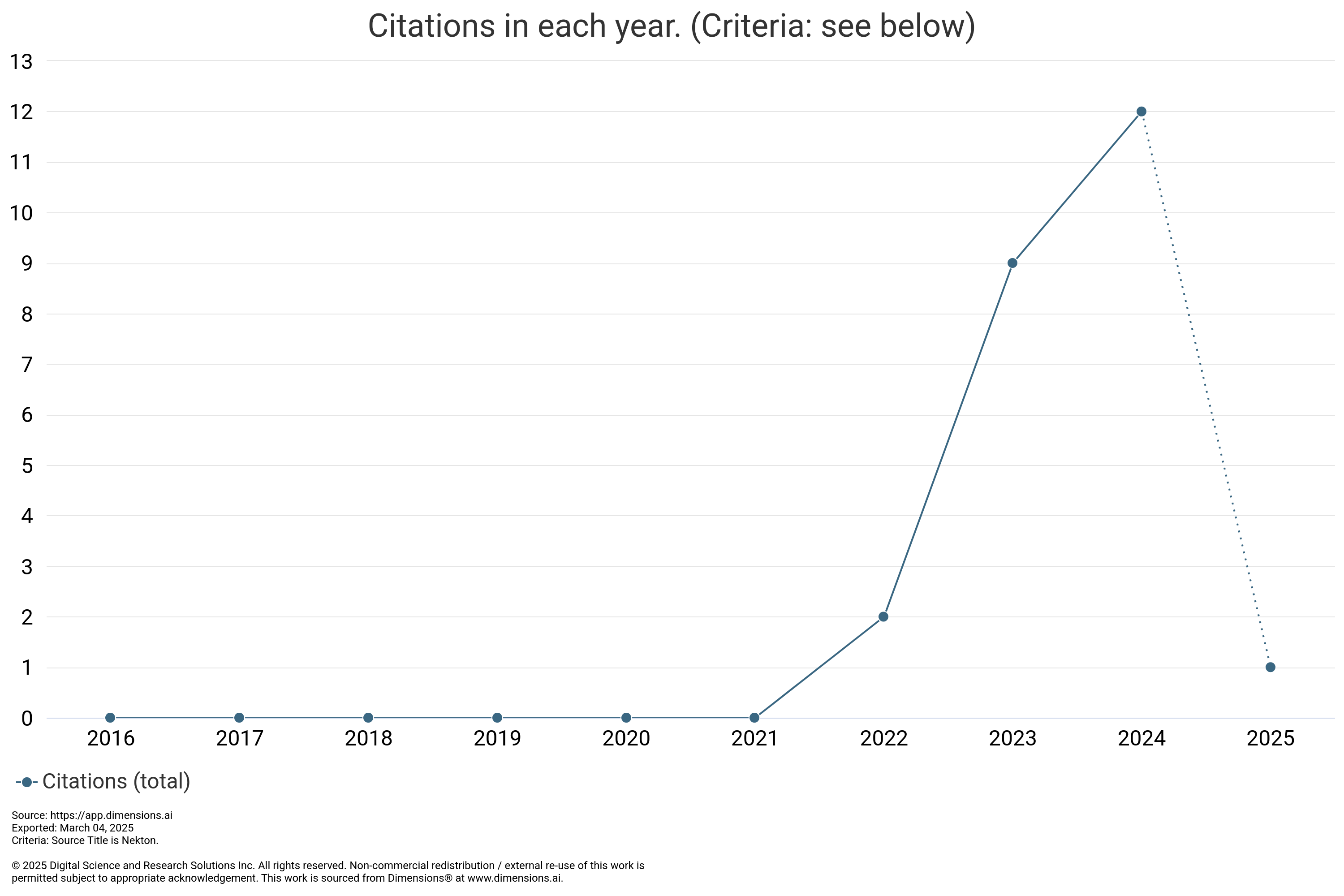Identifikasi Potensi Perikanan Air Tawar Di Desa Perigi Landu Kecamatan Sejangkung Kabupaten Sambas
Identifying Potential Freshwater Fisheries in The Perigi Landu Sejangkung District Sambas Regency
Abstract
Identifying the potential of a region can act as a catalyst for growth and encourage others to develop fisheries on public waters or expand other sectors that could impact the creation of employment. The goal of this study is to find out how much potential the production of captured fisheries is done by the Perigi Landu of Sejangkung district Sambas regency. The method in this study is a quantitative descriptive study because it covers data and data analysis. There are 25 samples in the study than in the analysis using the location quotient analysis technique (LQ). According to the result of this study, the sector in the Perigi Landu Sejangkung district Sambas regency fisheries sector capture water is generally potentially due to having a quality sector > 1 or getting a 3.05.
References
Anggraeni, D.T., Qomariyah, Q., & Khalidah, K. (2015). Penyebaran dan Budidaya Ikan Air Tawar di Pulau Jawa Berbasis Web. Prosiding SNST Fakultas Teknik, 1(1), 101-105.
Badan Pusat Statistik. (2018). Kecamatan Sejangkung Dalam Angka 2018. BPS Sambas. Kalimantan Barat.
Kuncoro, M. (2004). Otonomi dan Pembangunan Daerah. Erlangga. Jakarta
Sugiyono. (2012). Metode Penelitian Kuantitatif Kualitatif dan R&D. Alfabeta. Bandung
Sugiyono. (2017). Metode Penelitian Kuantitatif, Kualitatif, dan R&D. Alfabeta.
Bandung
Trimulya, D. (2013). Ekologi Perairan Tergenang di Wilayah Waduk Ciwaka Walantaka. Jurnal Ekologi Perairan, 1(1), 1-9.
Copyright on articles was retained by the respective author(s) without restrictions. The author grants the journal its first publication rights with the work simultaneously licensed under the Creative Commons Attribution-ShareAlike 4.0 International (CC BY-SA) license. This means anyone is free to copy, transform, or redistribute articles for any lawful purpose in any medium, provided they give appropriate attribution to the original author(s).








1.png)



5.png)





